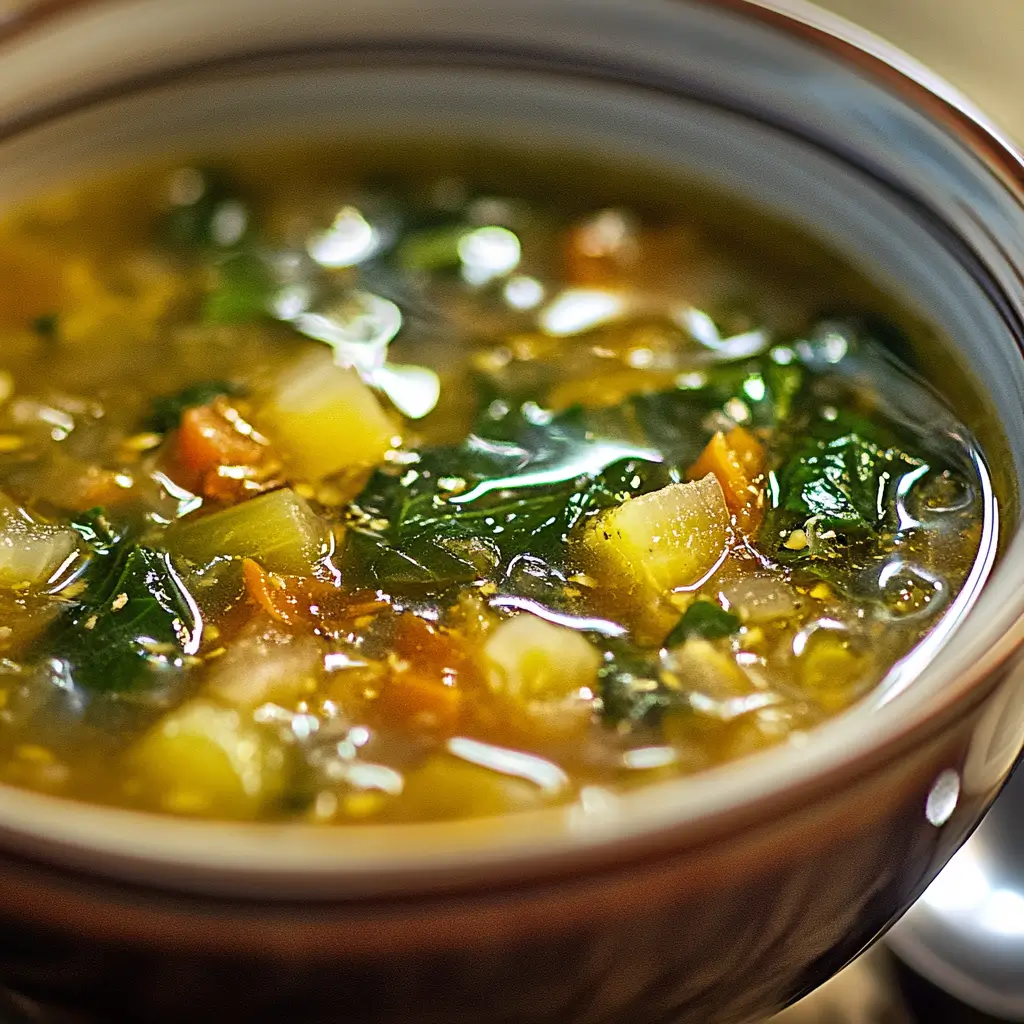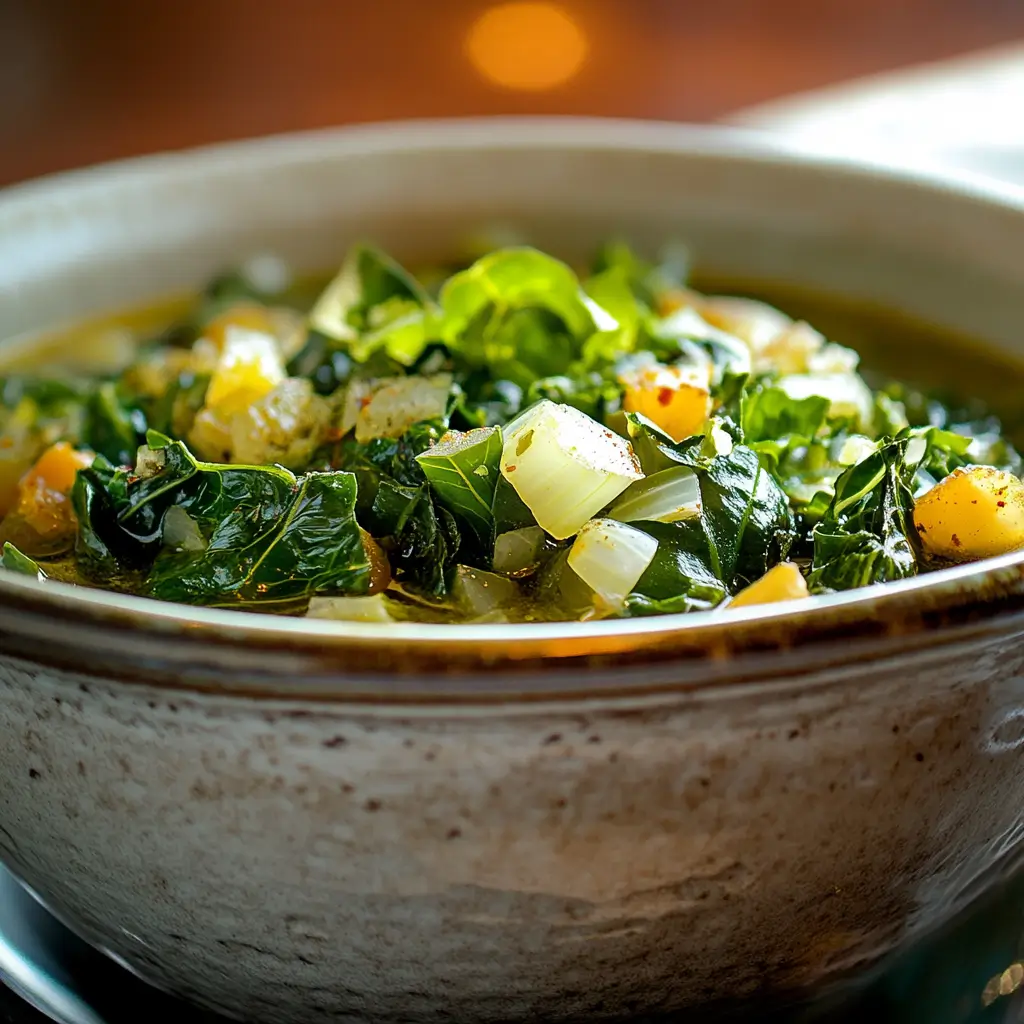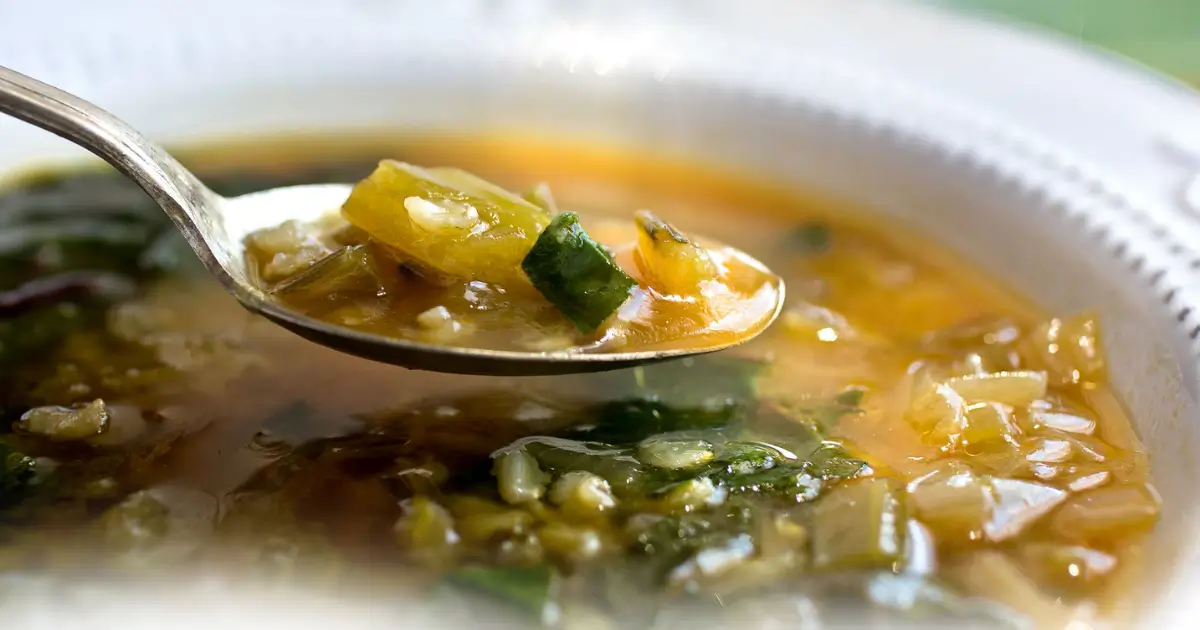Swiss chard is a versatile leafy green that adds flavor, color, and nutrition to soups. But preparing it correctly can be tricky if you’re not familiar with the right techniques. How do you cut Swiss chard for soup? In this guide, we’ll explore how to cut Swiss chard for soup step by step. You’ll learn about its unique characteristics, the tools needed, and specific cutting methods for the stems and leaves. By the end of this article, you’ll have all the know-how to make the most of Swiss chard in your favorite soup recipes.
Table of contents
Understanding Swiss Chard
What is Swiss Chard?
Swiss chard is a leafy green vegetable from the same family as beets and spinach. It features broad, vibrant leaves attached to thick, colorful stems, which range in hues from white and red to yellow and even pink. Often referred to as rainbow chard, this green is prized for its earthy flavor and versatility in cooking. If you’ve ever wondered, “How do you cut Swiss chard for soup?”, this guide is here to help you master this essential kitchen skill.
Not only is Swiss chard visually appealing, but it’s also incredibly nutritious. Its mild, slightly bitter taste pairs well with other vegetables in hearty soups, making it a kitchen favorite for cooks seeking healthier meals. Knowing how do you cut Swiss chard for soup ensures you prepare it in a way that enhances both its flavor and texture.

Nutritional Benefits of Swiss Chard
Packed with vitamins A, C, and K, Swiss chard is a nutritional powerhouse. It also contains magnesium, iron, and potassium, making it an excellent choice for those looking to boost their diet with nutrient-rich greens. What’s more, Swiss chard is low in calories, so you can enjoy it guilt-free.
Including Swiss chard in soups is a great way to make your meals healthier without compromising on flavor. To achieve the perfect result, learning how do you cut Swiss chard for soup is key.
By understanding the basics of Swiss chard, you’re better prepared to handle and prepare it properly for your next cooking adventure!
Preparing Swiss Chard for Cutting
Tools You Need for Cutting Swiss Chard
Before you get started, make sure you have the right tools. Cutting Swiss chard doesn’t require fancy gadgets, but the right equipment makes the process much smoother. For this task, you’ll need:
- A sharp knife to slice through the stems and leaves cleanly. A dull blade can tear the leaves and make chopping frustrating.
- A sturdy cutting board to give you a stable surface. Opt for one that’s easy to clean since Swiss chard can leave some residue.
- A salad spinner or colander to rinse and dry the leaves effectively.

Having these tools handy ensures you can prepare Swiss chard quickly and safely, especially when you’re making soup.
How to Wash Swiss Chard Properly
Clean Swiss chard thoroughly before cutting. Since it grows close to the ground, dirt and grit often hide in the folds of the leaves and along the stems. Follow these steps:
- Rinse under cold water: Hold the bunch under running water, rubbing the leaves gently to remove visible dirt.
- Soak in a large bowl: Fill a bowl or sink with cold water and immerse the chard. Swish it around to loosen any remaining debris.
- Dry the leaves: Use a salad spinner or lay the leaves on a clean towel to dry. Wet greens can make cutting slippery and messy.
A thorough wash makes it much easier to figure out how do you cut Swiss chard for soup without complications.
Cutting Techniques for Swiss Chard
How to Remove the Stems Safely
When figuring out how do you cut Swiss chard for soup, the first step is separating the stems from the leaves. The stems and leaves cook at different rates, so separating them ensures even cooking. Here’s how to do it:
- Lay the leaf flat: Place one chard leaf on a cutting board with the stem facing upward.
- Slice along the stem: Using a sharp knife, cut along both sides of the stem to remove it. Be sure to keep the leaves intact.
- Discard or save stems: If the stems are tender, save them for your soup. If they’re fibrous, compost them or use them in stocks.
Chopping the Stems for Soup
Chard stems are crunchy and add texture to soups. To prepare them:
- Cut to size: Slice the stems crosswise into small pieces, about ½-inch thick. This size works well for most soups, as it allows the stems to cook quickly.
- Adjust for texture: If you prefer softer stems, chop them finer. Larger pieces retain more crunch.
These evenly sized pieces ensure your soup has the perfect balance of textures.
Cutting the Leaves for Soup
The leaves of Swiss chard are tender and cook quickly, so they’re often added toward the end of soup preparation. Here’s how to cut them:
- Stack and roll: Stack a few leaves on top of each other. Roll them tightly like a cigar.
- Slice into ribbons: Use your knife to cut the rolled leaves into thin ribbons, also known as a chiffonade. This method creates uniform pieces that cook evenly.
- Adjust thickness: If you like larger pieces, cut thicker ribbons. For finer leaves, slice more narrowly.
Learning how do you cut Swiss chard for soup isn’t just about technique—it’s also about personal preference. Adjust the size of the stems and leaves based on your soup recipe for the best results,Swiss Chard Soup
By combining properly cut stems and leaves, your soup will be flavorful, evenly cooked, and visually appealing.
Integrating Swiss Chard into Your Soup
Tips for Adding Swiss Chard to Soup Recipes
Swiss chard is a fantastic addition to many soups because it offers a unique combination of flavor and texture. To make the most of it:
- Add stems early: Since chard stems are firmer, toss them into your pot at the beginning of the cooking process. This allows them to soften and release their flavor into the broth.
- Save leaves for later: The tender leaves cook quickly, so add them during the last 5-10 minutes of cooking. This keeps them from becoming mushy and preserves their vibrant color.
- Pair with complementary ingredients: Chard works beautifully with ingredients like beans, garlic, lemon, and root vegetables. Its mild bitterness adds depth to hearty soups.
Whether you’re making a classic minestrone or a rustic vegetable soup, properly incorporating Swiss chard enhances the dish’s overall taste and presentation.
Common Mistakes When Using Swiss Chard in Soup
Even experienced cooks sometimes struggle with getting the most out of Swiss chard. Avoid these common pitfalls:
- Skipping the wash: Grit trapped in the folds of the leaves can ruin the soup. Always rinse thoroughly before cutting.
- Overcooking the leaves: Chard leaves can turn slimy if cooked too long. Remember to add them toward the end.
- Neglecting the stems: Many people discard the stems, but they provide a pleasant crunch and additional nutrients. Chop them finely and include them in your recipe.
Variations and Creative Uses of Swiss Chard in Soups
Unique Soup Variations with Swiss Chard
Swiss chard isn’t just for traditional vegetable soups. Get creative with these ideas to keep your meals exciting:
- Mediterranean Lentil Soup: Combine Swiss chard with lentils, tomatoes, and a touch of cumin for a hearty and warming meal. The chard’s subtle bitterness balances the earthy lentils.
- Creamy Swiss Chard and Potato Soup: Puree boiled potatoes and Swiss chard with a splash of cream or coconut milk for a rich, velvety soup. Add garlic and onions for an extra burst of flavor.
- Asian-Style Chard Soup: Add chopped Swiss chard to a ginger-based broth with tofu, mushrooms, and soy sauce for an umami-packed dish. Garnish with sesame oil and scallions for an authentic touch.
These variations highlight how versatile Swiss chard can be, making it a valuable addition to any home cook’s repertoire.
Using Swiss Chard Beyond the Soup Pot
Swiss chard can be repurposed in other creative ways, even when preparing soup:
- Chard wraps: Use large leaves to wrap ingredients like grains, beans, or even a small portion of your soup. Steam them for a light and nutritious side dish.
- Garnish soups: Reserve a handful of raw, finely sliced chard leaves to garnish the soup just before serving. It adds a pop of freshness and color.
- Blend into broths: If you have leftover chard, blend it into a homemade vegetable stock to add depth to your next soup recipe.
Why Swiss Chard Stands Out
Swiss chard is not only nutrient-rich but also uniquely adaptable. Its distinct stems and leaves provide an opportunity to experiment with texture, flavor, and presentation. Whether you’re sticking to traditional recipes or venturing into uncharted culinary territory, it’s an ingredient that shines.
FAQs: People Also Ask
Can You Use Swiss Chard Stems in Soup?
Absolutely! Swiss chard stems add texture and a slightly earthy flavor to soups. Chop them into small pieces and cook them along with onions or carrots. This ensures they soften and blend seamlessly with other ingredients.
Do You Have to Remove the Stems?
While you don’t have to remove the stems, doing so ensures better control over the cooking time. Stems are firmer than leaves and require more time to cook, so separating them allows you to add each part at the right stage.
How Do You Store Leftover Swiss Chard?
Store unused chard in a sealed bag or container in the refrigerator. Wrap the stems and leaves separately in paper towels to absorb excess moisture. Proper storage keeps it fresh for up to five days, ensuring it’s ready for your next soup adventure.

